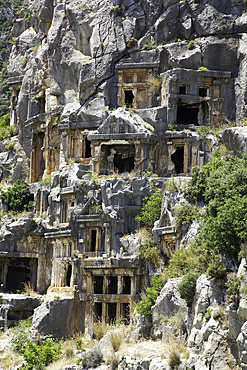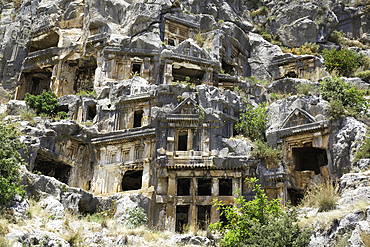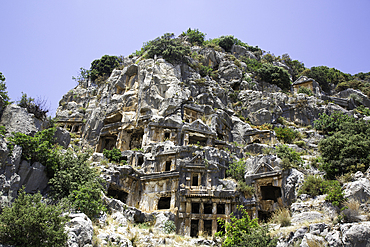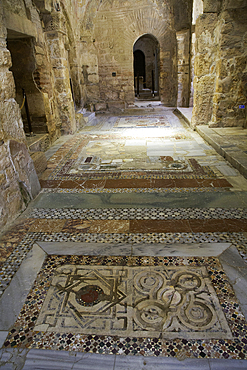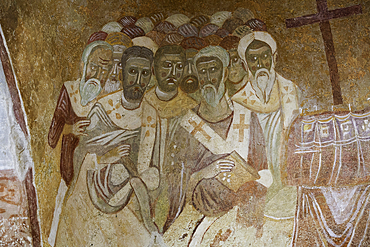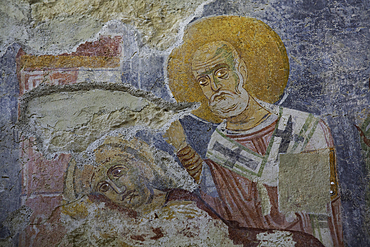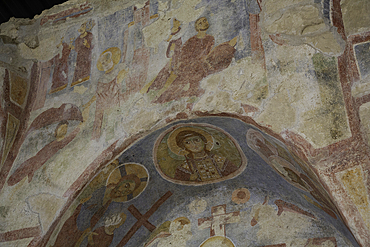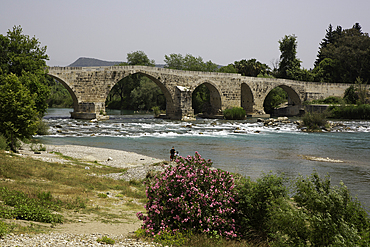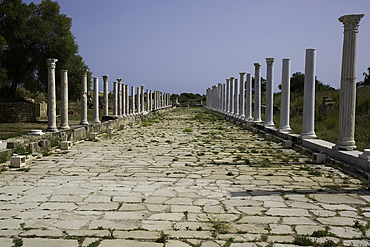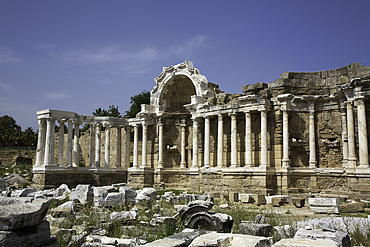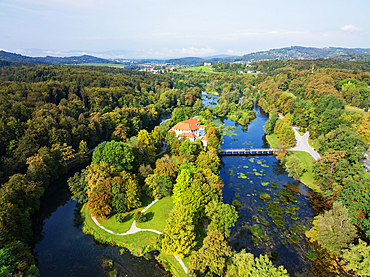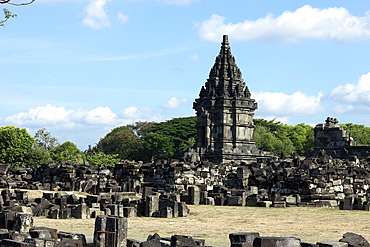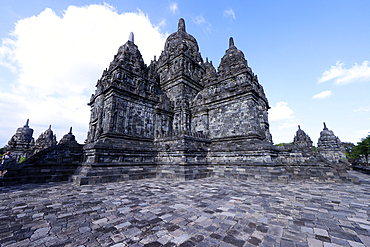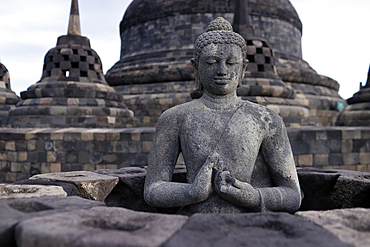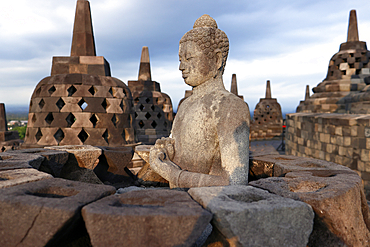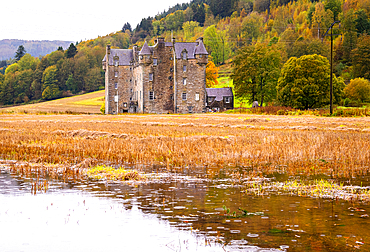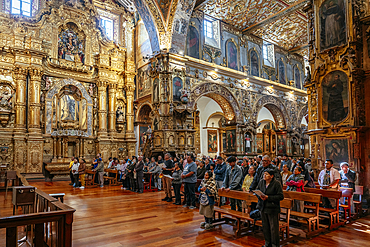Results
« Previous 1 … 13 14 15 16 17 … 30 Next »
2975 results found
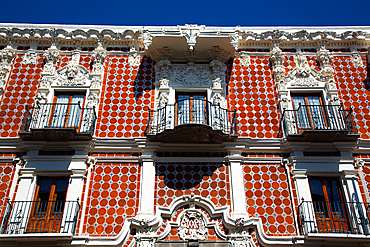
Talavera Tiles, Casa de Alfenique Museum, 18th century, Historic Center, UNESCO World Heritage Site, Puebla, Puebla State, Mexico, North America
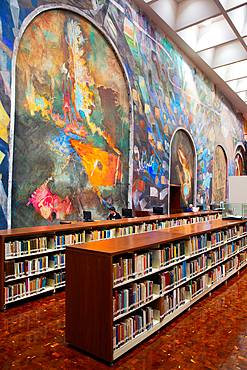
Miguel Lerdo de Tejada Library, 17th century, with wall frescoes by Vlady Kibalchich Russakov, Historic Center, Mexico City, Mexico, North America
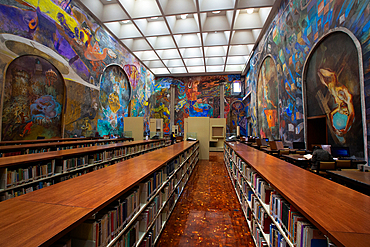
Miguel Lerdo de Tejada Library, 17th century, with wall frescoes by Vlady Kibalchich Russakov, Historic Center, Mexico City, Mexico, North America
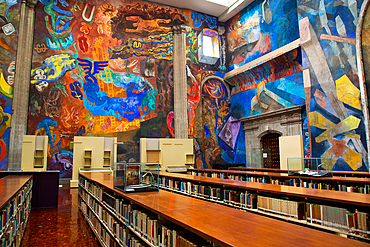
Miguel Lerdo de Tejada Library, 17th century, with wall frescoes by Vlady Kibalchich Russakov, Historic Center, Mexico City, Mexico, North America

Miguel Lerdo de Tejada Library, 17th century, with wall frescoes by Vlady Kibalchich Russakov, Historic Center, Mexico City, Mexico, North America
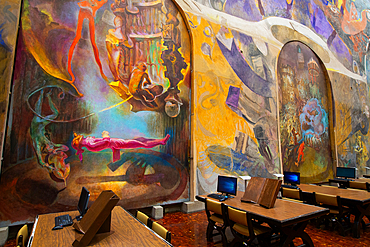
Miguel Lerdo de Tejada Library, 17th century, with wall frescoes by Vlady Kibalchich Russakov, Historic Center, Mexico City, Mexico, North America
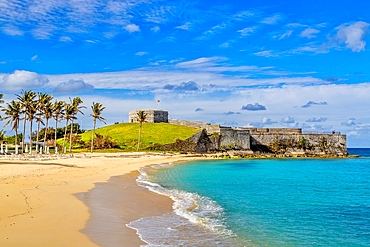
Fort St. Catherine, built in 1612, in service until the 20th century, now a museum, UNESCO World Heritage Site, St. George's Island, Bermuda, North Atlantic, North America

Low angle view of 14th century Gothic tower, Saint Florian Gate (Brama Florianska), against a blue sky with clouds, UNESCO World Heritage Site, Karakow, Poland, Europe
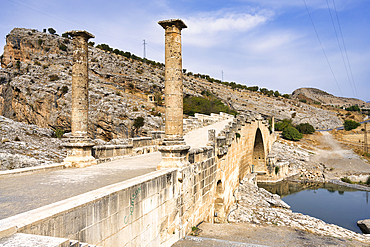
The 2nd century AD Severan Roman Bridge on the Cendere River with the columns of the Roman Emperor Septimus Severus and Empress Julia Domna, Turkey, Asia Minor, Asia
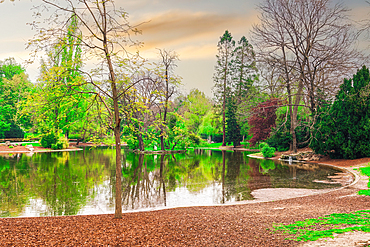
Landscape view of Stadpark, a large municipal 19th century public area with a lake in Vienna, Austria, Europe

Wiental Kanal, a water canal with a pedestrian area running along Stadpark, a large municipal 19th century public place in Vienna, Austria, Europe
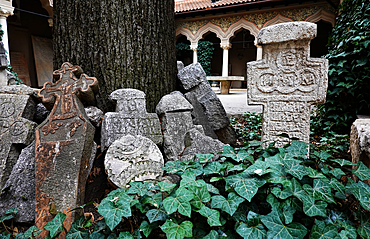
The tiny 18th-century Stavropoleos Church is one of the most beautiful religious monuments in the capital of Romania. Tucked away between taller buildings in Bucharest´s Old Town, the monument was originally part of Stavropoleos Monastery
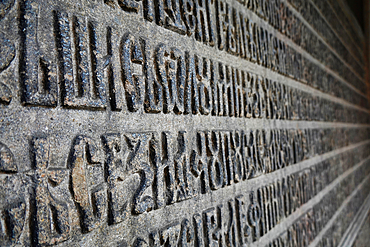
The tiny 18th-century Stavropoleos Church is one of the most beautiful religious monuments in the capital of Romania. Tucked away between taller buildings in Bucharest´s Old Town, the monument was originally part of Stavropoleos Monastery
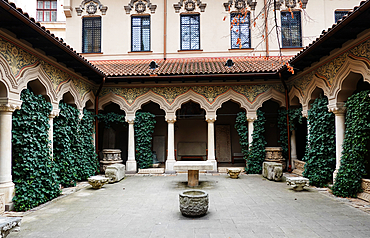
The tiny 18th-century Stavropoleos Church is one of the most beautiful religious monuments in the capital of Romania. Tucked away between taller buildings in Bucharest´s Old Town, the monument was originally part of Stavropoleos Monastery
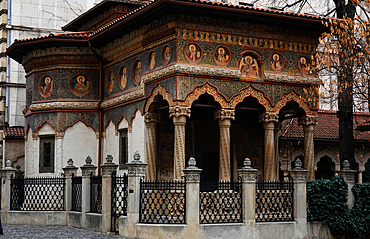
The tiny 18th-century Stavropoleos Church is one of the most beautiful religious monuments in the capital of Romania. Tucked away between taller buildings in Bucharest´s Old Town, the monument was originally part of Stavropoleos Monastery

Aerial drone panoramic view of the historic Centre of Evora, a city with roots in Roman times, with its golden age in the 15th century when the residence of the Portuguese kings, Evora, Alentejo, Portugal, Europe
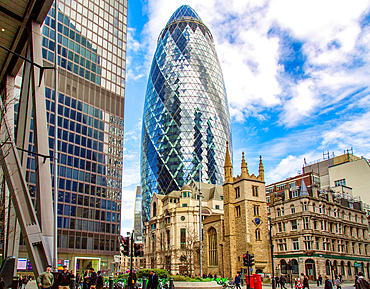
The 16th century St. Andrew Undershaft Church, St. Mary Axe, with the Gherkin, built in 2003, behind, City of London, London, England, United Kingdom, Europe
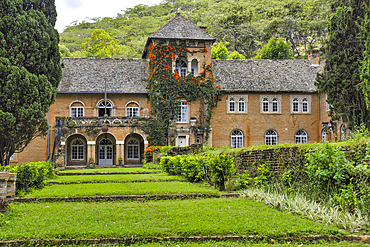
Shiwa Ng'andu House built in the last century by Sir Stuart Gore-Browne, the English style estate featured in a book called The Africa House, Muchinga Province, Zambia, Africa
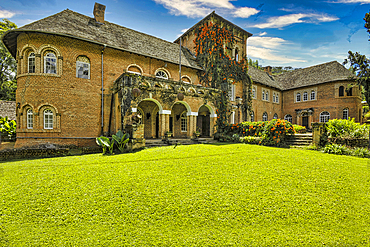
Shiwa Ng'andu House built in the last century by Sir Stuart Gore-Browne, the English style estate featured in a book called The Africa House, Muchinga Province, Zambia, Africa
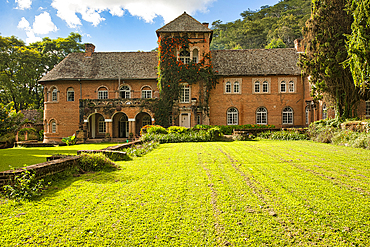
Shiwa Ng'andu House built in the last century by Sir Stuart Gore-Browne, the English style estate featured in a book called The Africa House, Muchinga Province, Zambia, Africa

Shiwa Ng'andu House built in the last century by Sir Stuart Gore-Browne, the English style estate featured in a book called The Africa House, Muchinga Province, Zambia, Africa

Shiwa Ng'andu House built in the last century by Sir Stuart Gore-Browne, the English style estate featured in a book called The Africa House, Muchinga Province, Zambia, Africa
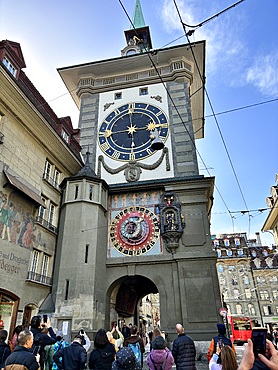
View of the Zytglogge (Time Bell), a medieval tower constructed in the early 13th century, functioned as a guard tower, prison, clock tower, and civic memorial, playing a central role in the city's urban life, Bern, Switzerland, Europe
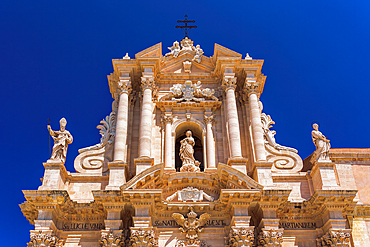
Ortygia Syracuse Cathedral dating from the 7th century, Baroque facade, Duomo Square, Ortygia, UNESCO World Heritage Site, Syracuse, Sicily, Italy, Mediterranean, Europe
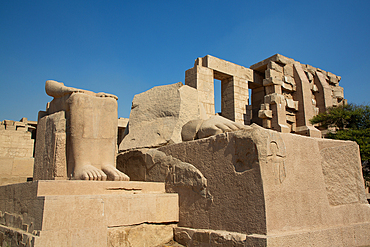
Lower Section, Colossus of Ramesses II, Ramesseum, Memorial Temple of Pharaoh Ramesses II, 13th century BC, Ancient Thebes, UNESCO World Heritage Site, Luxor, Egypt, North Africa, Africa

Granite Head of Ramesses II in front of Osiris Statues, Ramesseum, Memorial Temple of Pharaoh Ramesses II, 13th century BC, Ancient Thebes, UNESCO World Heritage Site, Luxor, Egypt, North Africa, Africa
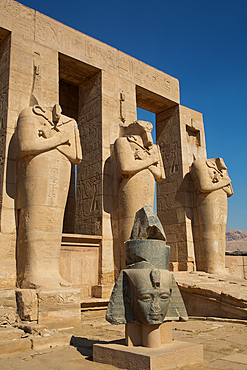
Granite Head of Ramesses II in front of Osiris Statues, Ramesseum, Memorial Temple of Pharaoh Ramesses II, 13th century BC, Ancient Thebes, UNESCO World Heritage Site, Luxor, Egypt, North Africa, Africa
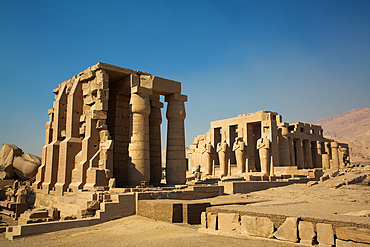
Overview, Ramesseum, Memorial Temple of Pharaoh Ramesses II, 13th century BC, Ancient Thebes, UNESCO World Heritage Site, Luxor, Egypt, North Africa, Africa
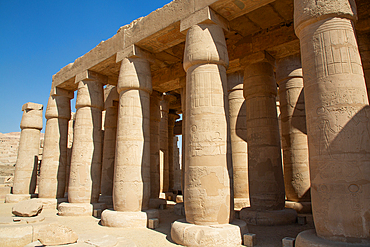
Columns, Hypostyle Hall, Ramesseum, Memorial Temple of Pharaoh Ramesses II, 13th century BC, Ancient Thebes, UNESCO World Heritage Site, Luxor, Egypt, North Africa, Africa
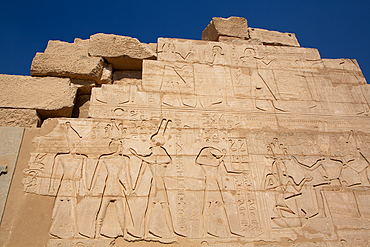
Reliefs, Ramesseum, Memorial Temple of Pharaoh Ramesses II, 13th century BC, Ancient Thebes, UNESCO World Heritage Site, Luxor, Egypt, North Africa, Africa
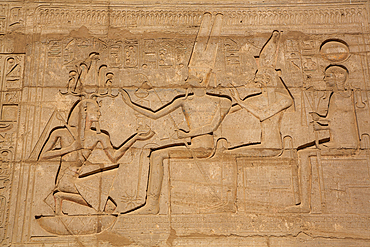
Pharaoh on left, God Atum in center, Reliefs, Ramesseum, Memorial Temple of Pharaoh Ramesses II, 13th century BC, Ancient Thebes, UNESCO World Heritage Site, Luxor, Egypt, North Africa, Africa
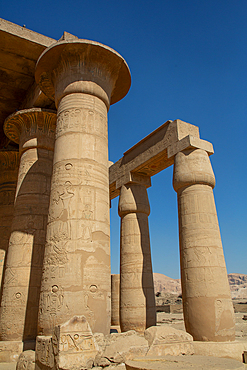
Columns, Hypostyle Hall, Ramesseum, Memorial Temple of Pharaoh Ramesses II, 13th century BC, Ancient Thebes, UNESCO World Heritage Site, Luxor, Egypt, North Africa, Africa
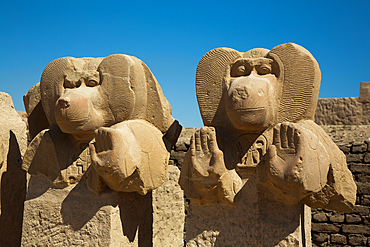
Statues of Babi, Baboon God, Ramesseum, Memorial Temple of Pharaoh Ramesses II, 13th century BC, Ancient Thebes, UNESCO World Heritage Site, Luxor, Egypt, North Africa, Africa
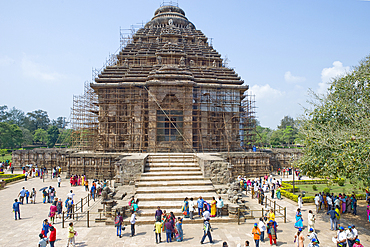
Pilgrims at east sunrise-facing entrance to mid 13th century Sun Temple, dedicated to Surya, the Hindu Sun God, constructed as a twelve-wheeled chariot drawn by seven horses, UNESCO World Heritage Site, Konarak, Puri District, Odisha, India, Asia
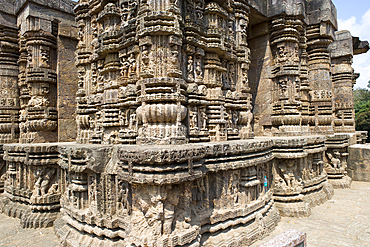
The mid 13th century Sun Temple, dedicated to Surya, the Hindu Sun God, constructed as a twelve-wheeled chariot drawn by seven horses, UNESCO World Heritage Site, Konarak, Puri District, Odisha, India, Asia
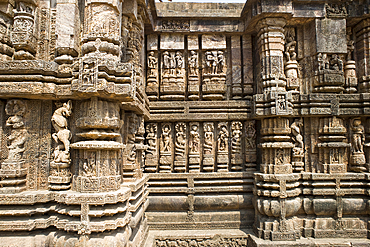
The mid 13th century Sun Temple, dedicated to Surya, the Hindu Sun God, constructed as a twelve-wheeled chariot drawn by seven horses, UNESCO World Heritage Site, Konarak, Puri District, Odisha, India, Asia
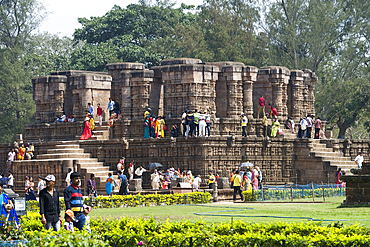
Pilgrims among ruins in the grounds of the mid 13th century Sun Temple, dedicated to Surya, the Hindu Sun God, constructed as a twelve-wheeled chariot drawn by seven horses, UNESCO World Heritage Site, Konarak, Puri District, Odisha, India, Asia
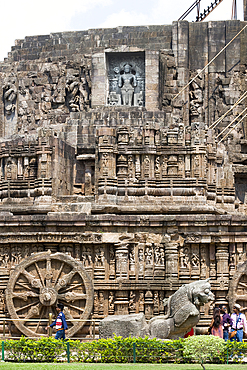
The mid 13th century Sun Temple, dedicated to Surya, the Hindu Sun God, constructed as a twelve-wheeled chariot drawn by seven horses, UNESCO World Heritage Site, Konarak, Puri District, Odisha, India, Asia
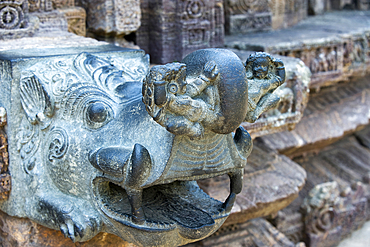
Detail of the mid 13th century Sun Temple, dedicated to Surya, the Hindu Sun God, constructed as a twelve-wheeled chariot drawn by seven horses, UNESCO World Heritage Site, Konarak, Puri District, Odisha, India, Asia
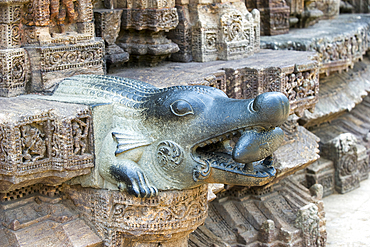
Detail of the mid 13th century Sun Temple, dedicated to Surya, the Hindu Sun God, constructed as a twelve-wheeled chariot drawn by seven horses, UNESCO World Heritage Site, Konarak, Puri District, Odisha, India, Asia
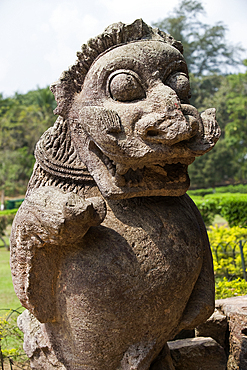
Detail of the mid 13th century Sun Temple, dedicated to Surya, the Hindu Sun God, constructed as a twelve-wheeled chariot drawn by seven horses, UNESCO World Heritage Site, Konarak, Puri District, Odisha, India, Asia
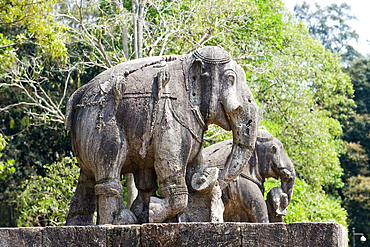
Stone statues of elephants among ruins in the grounds of the mid 13th century Sun Temple, dedicated to Surya, the Hindu Sun God, constructed as a twelve-wheeled chariot drawn by seven horses, UNESCO World Heritage Site, Konarak, Puri District, Odisha, India, Asia
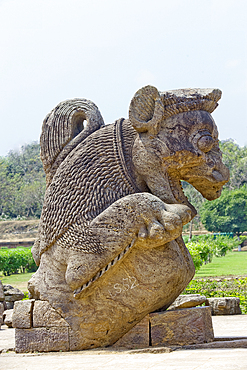
Stone statue of a mythical creature among ruins in the grounds of the mid 13th century Sun Temple, dedicated to Surya, the Hindu Sun God, constructed as a twelve-wheeled chariot drawn by seven horses, UNESCO World Heritage Site, Konarak, Puri District, Odisha, India, Asia
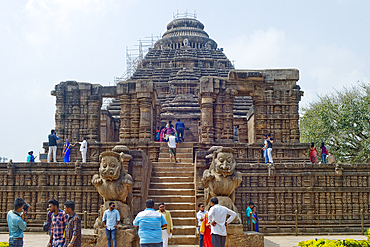
The mid 13th century Sun Temple, dedicated to Surya, the Hindu Sun God, constructed as a twelve-wheeled chariot drawn by seven horses, UNESCO World Heritage Site, Konarak, Puri District, Odisha, India, Asia
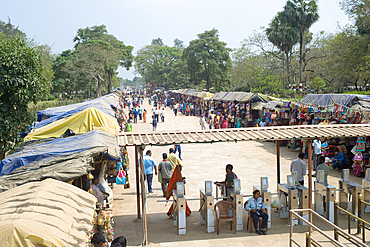
The bazaar in the street leading to the entrance gate to the grounds of the mid-13th century Sun Temple dedicated to the Hindu Sun God, Surya, Konarak, Puri District, Odisha, India, Asia
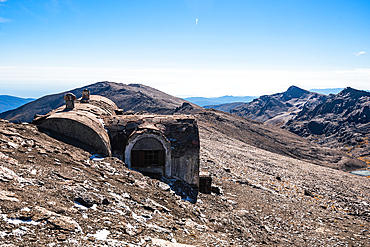
Weathered mountain hut on the high plateau Sierra Nevada National Park, Andalusia, Spain. A relic of mountaineering and historical use in the 20th century.
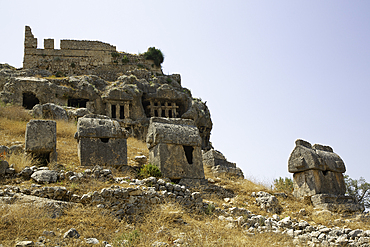
Sarcophagai, 4th century BC - 3rd century AD, Rock Tombs (background), Tlos, Ancient Lycian City, Mugla Province, Turkey
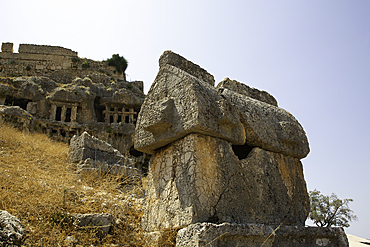
Sarcophagus, 4th century BC - 3rd century AD, Rock Tombs (background), Tlos, Ancient Lycian City, Mugla Province, Turkey
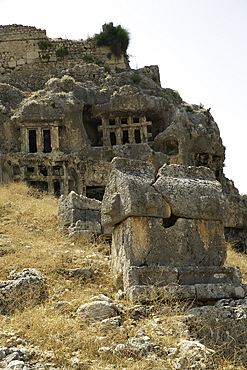
Sarcophagus, 4th century BC - 3rd century AD, Rock Tombs (background), Tlos, Ancient Lycian City, Mugla Province, Turkey
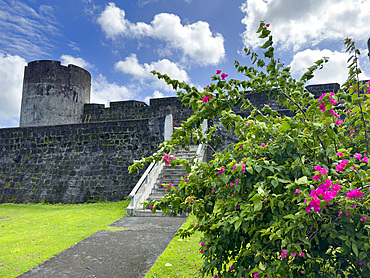
Fort Belgica, a 17th-century fort built on the island of Banda Neira to protect the nutmeg trade, Moluccas, Indonesia.
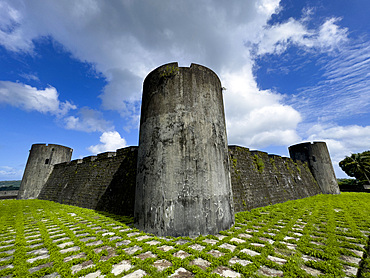
Fort Belgica, a 17th-century fort built on the island of Banda Neira to protect the nutmeg trade, Moluccas, Indonesia.
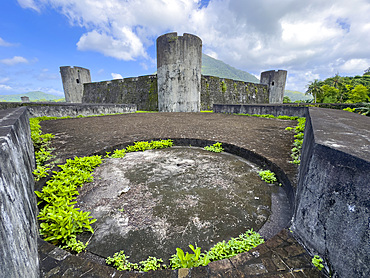
Fort Belgica, a 17th-century fort built on the island of Banda Neira to protect the nutmeg trade, Moluccas, Indonesia.
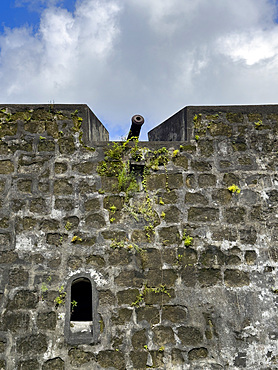
Fort Belgica, a 17th-century fort built on the island of Banda Neira to protect the nutmeg trade, Moluccas, Indonesia.
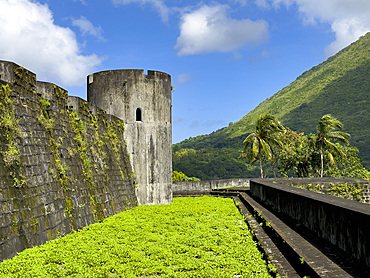
Fort Belgica, a 17th-century fort built on the island of Banda Neira to protect the nutmeg trade, Moluccas, Indonesia.
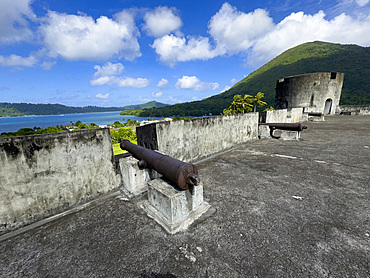
Fort Belgica, a 17th-century fort built on the island of Banda Neira to protect the nutmeg trade, Moluccas, Indonesia.
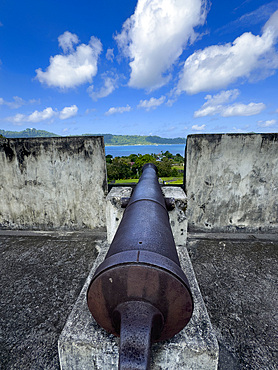
Fort Belgica, a 17th-century fort built on the island of Banda Neira to protect the nutmeg trade, Moluccas, Indonesia.
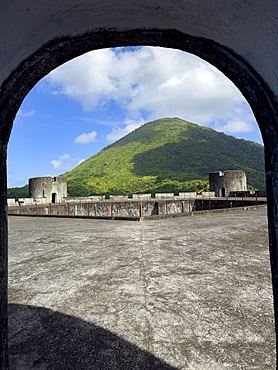
Fort Belgica, a 17th-century fort built on the island of Banda Neira to protect the nutmeg trade, Moluccas, Indonesia.
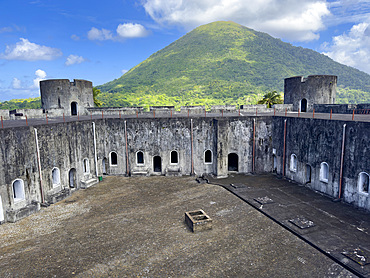
Fort Belgica, a 17th-century fort built on the island of Banda Neira to protect the nutmeg trade, Moluccas, Indonesia.
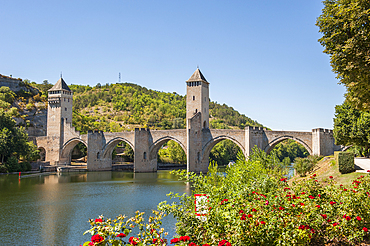
Pont Valentre, 14th-century stone arch bridge crossing the Lot River, Cahors, Lot department, region of Midi-Pyrenees, Occitanie, southwest of France, Europe
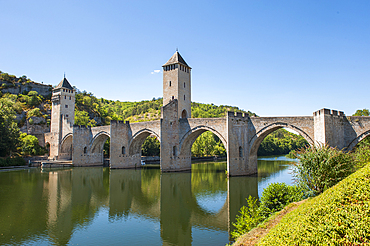
Pont Valentre, 14th-century stone arch bridge crossing the Lot River, Cahors, Lot department, region of Midi-Pyrenees, Occitanie, southwest of France, Europe
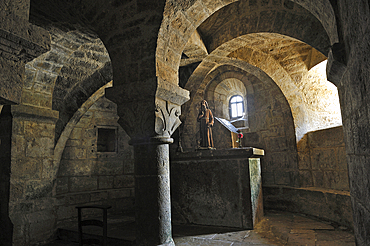
Crypt of Saint Namphaise (12th century), Church of Saint-Martin at Caniac-du-Causse, Regional Park of Causses du Quercy, Lot department, region of Midi-Pyrenees, Occitanie, southwest of France, Europe

Pont Valentre, 14th-century stone arch bridge crossing the Lot River, Cahors, Lot department, region of Midi-Pyrenees, Occitanie, southwest of France, Europe
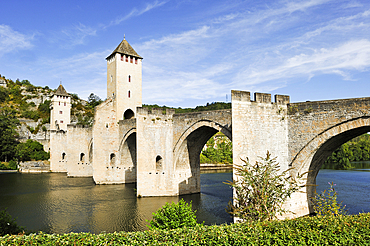
Pont Valentre, 14th-century stone arch bridge crossing the Lot River, Cahors, Lot department, region of Midi-Pyrenees, Occitanie, southwest of France, Europe
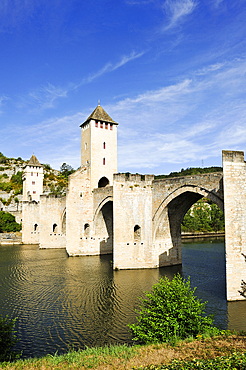
Pont Valentre, 14th-century stone arch bridge crossing the Lot River, Cahors, Lot department, region of Midi-Pyrenees, Occitanie, southwest of France, Europe
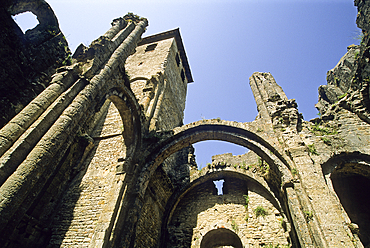
Ruined 9th century Abbey of St Peter at Marcilhac-sur-Cele, Cele River Valley,Lot department,Midi-Pyrenees region, Occitanie, France, Europe
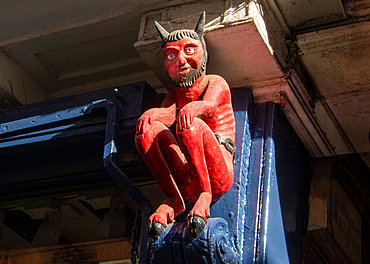
The Stonegate Devil, aka the Printer's devil, is a carving thought to date from the 17th Century above no 33 Stonegate in the ancient center of York. At that time Stonegate was full of printers who were thought by some to be practicing a dark art.
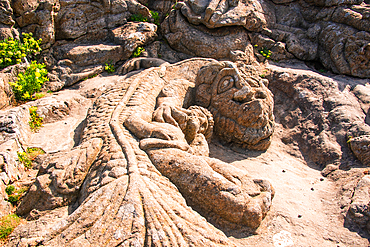
: A detailed view of one of the famous granite carvings of Les Rochers Sculptés in Rothéneuf, near Saint-Malo, Brittany, France. The rock sculpture, created by Abbé Adolphe-Julien Fouéré in the late 19th century
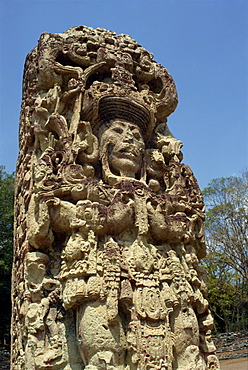
A carved Staela B, dating from the 8th century AD at the Mayan site of Copan, UNESCO World Heritage Site, Honduras, Central America
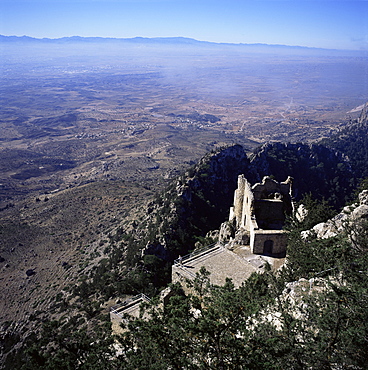
Buffavento, Byzantine watch tower rebuilt as a castle by Lusignans in the 12th century, highest of Kyrenian hill castles, North Cyprus, Cyprus, Europe

Manual composition of type letters, letterpress printing,'Le Democrate de L' Aisne', In an atmosphere and a setting of the end the XIXth, beginning of the XXth century, the production method of the paper has not changed, what used to be a daily is now a w

Todaiji Big Buddha Temple constructed in the 8th century, UNESCO World Heritage Site, Nara City, Nara Prefecture, Honshu Island, Japan, Asia
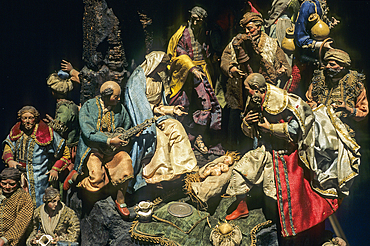
Creche Museum of Chaumont, it has the finest collection of 18th-century Neapolitan Nativity scenes in France, Haute-Marne department, Champagne-Ardenne region, France, Europe
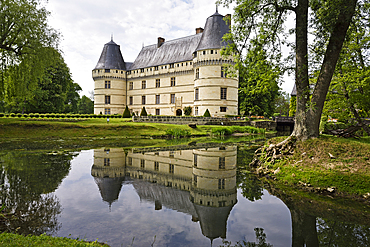
French Renaissance Chateau de l'Islette (16 th century) by the Indre River at Azay-le-Rideau, department of Indre-et-Loire, Centre-Val de Loire region, France, Europe
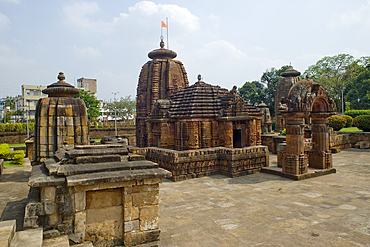
The 9th century Mukteswara Temple dedicated to the Hindu deity Shiva in Bhubaneswar, nicknamed the City of Temples, Bhubaneswar, Odisha, India, Asia
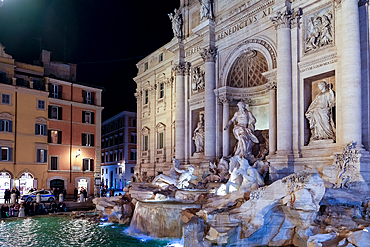
The Trevi Fountain, an 18th-century fountain, the largest Baroque fountain in the city, UNESCO World Heritage Site, Trevi District, Rome, Lazio, Italy, Europe
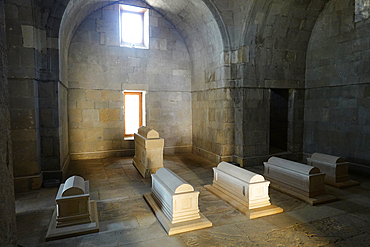
The Palace of the Shirvanshahs, a 15th-century palace built by the Shirvanshahs and described by UNESCO as 'one of the pearls of Azerbaijan's architecture'. It is located in the Old City of Baku, Azerbaijan

Saigon Central Post Office, constructed when Vietnam was part of French Indochina in the late 19th century, Ho Chi Minh City, Vietnam, Indochina, Southeast Asia, Asia
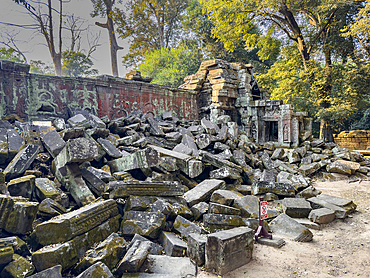
Ta Prohm Temple, a Mahayana Buddhist monastery built in the late 12th century for Khmer king Jayavarman VII, Angkor, UNESCO World Heritage Site, Cambodia, Indochina, Southeast Asia, Asia
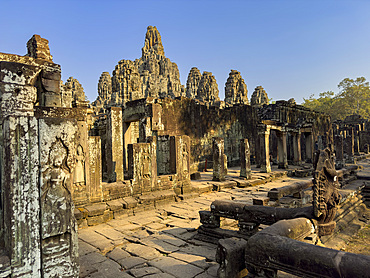
Bayon, the late 12th century state temple of king Jayavarman VII, UNESCO World Heritage Site, standing in the middle of Angkor Thom, Cambodia, Indochina, Southeast Asia, Asia
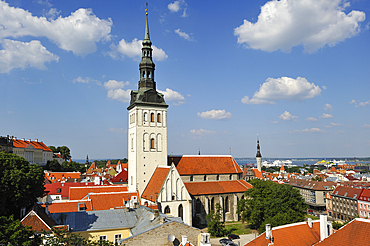
The 15th century Niguliste church house a museum dedicated to religious art, UNESCO World Heritage Site, Tallinn, Estonia, Europe
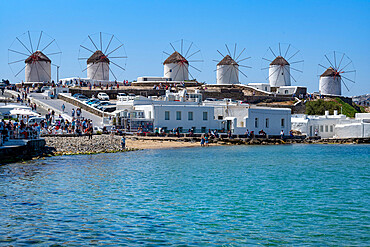
Traditional 16th century windmill in Mykonos old town, Mykonos, The Cyclades, Aegean Sea, Greek Islands, Greece, Europe
